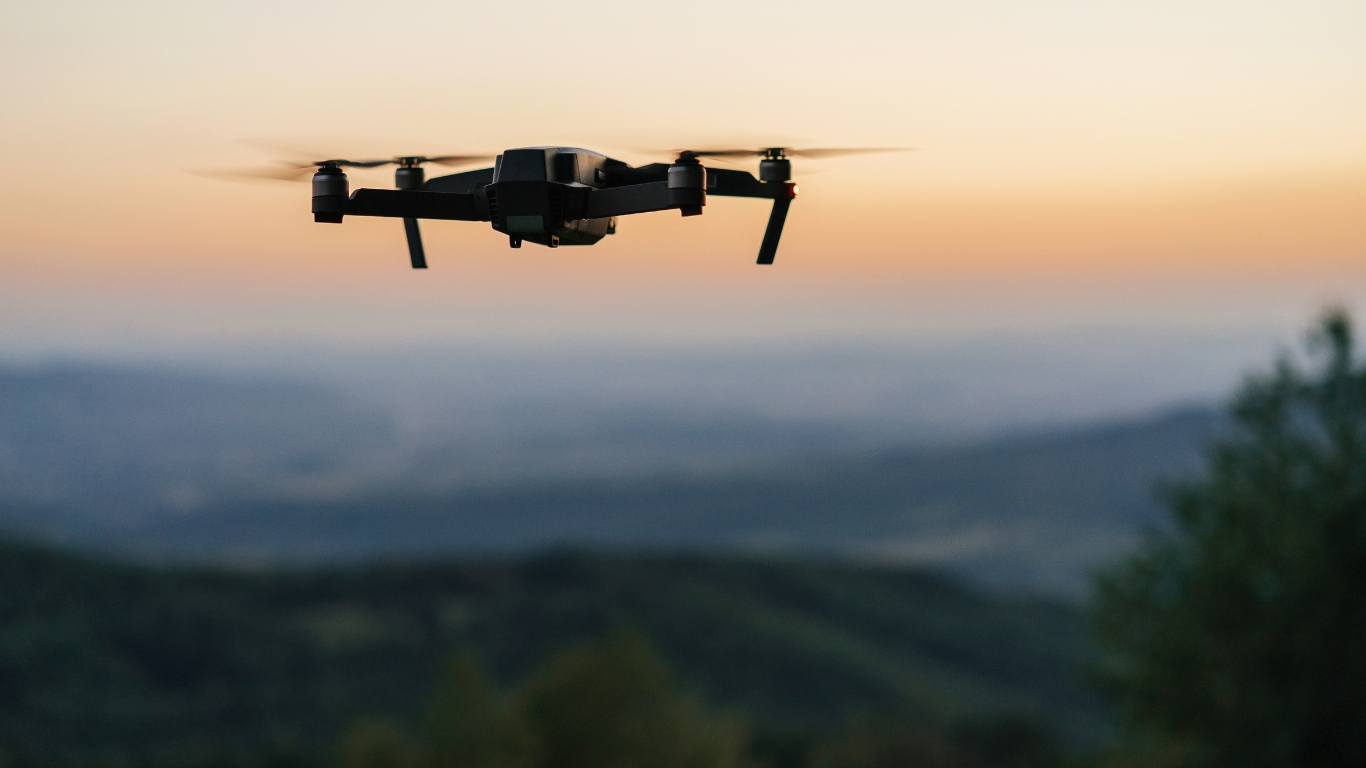
18 Aug Leveraging BIM, Drones and 3D Scanners in Cutting-Edge Engineering Projects
Introduction to Applied Technologies
In an environment where civil engineering projects are increasingly complex and demanding, adopting new technologies is not just a competitive advantage, it’s a necessity.
At Protecnium, we implement BIM technology, drones in civil engineering, and 3D laser scanning in partnership with leading international construction and engineering firms. These tools improve planning, increase accuracy, and reduce execution times in large-scale projects such as tunnels, railways, and energy plants.
BIM: Intelligent Digitalization of Infrastructure
Building Information Modeling (BIM) is a key methodology in the digital transformation of construction. It is not just about 3D modeling, but about managing information throughout the entire project lifecycle.
Benefits of BIM technology in civil engineering:
- Effective coordination between architecture, structures, and installations.
- Early clash detection to avoid costly construction errors.
- Cost optimization and improved project planning.
- Creation of digital twins for future maintenance and operation.
At Protecnium, our technical profiles work with BIM on international projects, complying with local regulations in the UK, Ireland, Canada, Australia, and other regions.
Drones: Aerial Surveying and Project Supervision
The use of drones in civil engineering has revolutionized topographic surveying and site monitoring processes. Equipped with high-resolution cameras or LiDAR sensors, drones capture terrain and construction progress data quickly, safely, and cost-effectively.
Applications of drones in advanced civil works:
- Large-area topographic surveys with drones.
- Real-time visual monitoring of construction progress.
- Access to hazardous zones without risking technical personnel.
- Support for structural or environmental inspections.
3D Scanners: Millimeter-Precision in Real Time
3D laser scanning generates point clouds with millions of data points, providing exact representations of the built environment. This tool improves quality control and verification of executed work against design.
Advantages of 3D scanning in construction:
- Precise comparison between planned and built structures.
- Dimensional control and tolerance verification.
- Model generation for validation, documentation, or legal compliance.
- Support for creating digital twins for operation and maintenance.
Integrating Technology to Build Better
The combination of BIM technology, drone surveying, and 3D scanning is transforming how advanced engineering projects are executed. It allows for faster construction with fewer errors and higher quality.
At Protecnium, we provide highly skilled technical professionals trained to operate these tools and experienced in their integration within complex international projects.
Are you looking to incorporate advanced technology and specialized technical talent into your next project?
Contact us, and we will help you find the right technical profiles for your civil engineering, tunnel, or energy project needs.


